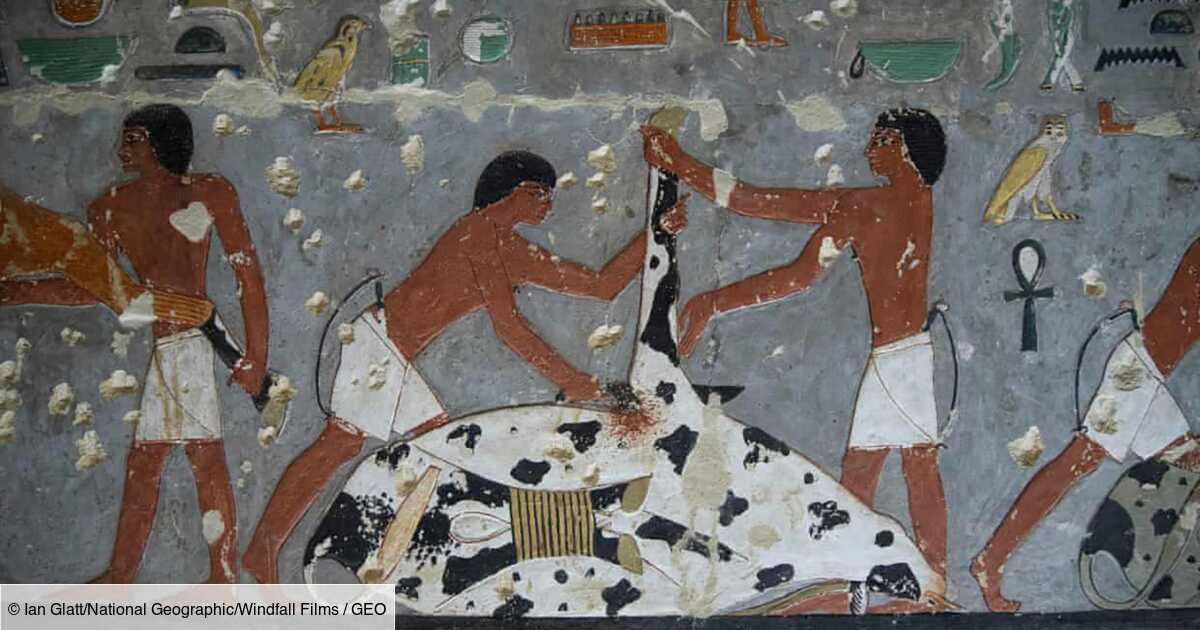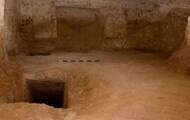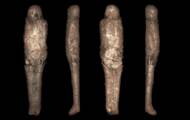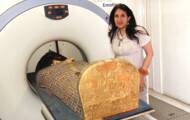“An exceptionally decorated tombThis is how the Egyptian Ministry of Antiquities described in 2019 the discovery made by archaeologists at Saqqarah south of Cairo. The L-shaped burial site appeared during a new excavation campaign in the Egyptian necropolis and it has shown an exceptional state of preservation.
Its exploration revealed a small corridor leading to an anti-bedroom followed by a large room whose walls are still covered with very colorful decorations and very well preserved inscriptions. Testimonies that allowed us to learn more about the deceased and his history. A deceased whose mummy could have been found and who also appeared exceptional.
According to the interpretation of the inscriptions, the man would be called Khuwy. Archaeologists believe that it is a nobleman who lived during the 5th dynasty (from around -2500 to -2300) under the reign of the pharaoh Djedkare Isesi. Her mummy is said to be over 4,000 years old, making her one of the oldest unearthed so far.
A more sophisticated mummification than expected
When studying it, the archaeologists had a surprise: they found that the mummification technique used was much more sophisticated than they expected. In particular, they highlighted the use of high quality resin and a fine linen fabric bandage.
“Until now, we thought mummification during the Old Kingdom was relatively straightforward, with basic desiccation – not always successful – no brain removal and only occasional removal of internal organs.“, has explained To The Observer, Salima Ikram, professor of Egyptology at the American University in Cairo.
At that time, “more attention was paid to the exterior appearance of the deceased than to the interior. The use of resins is also much more limited in the mummies of the Old Empire known so far.“, she continued. Khuwy’s remains, however, tell a very different story.”It looks more like mummies found 1,000 years later“.
The process, along with the materials used for Khuwy, suggest that mummification may have become sophisticated much earlier than archaeologists thought. “If it is indeed an Old Empire mummy, all the books on mummification and the history of the Old Empire will need to be reviewed.“said Salima Ikram.
“This would completely change our understanding of the evolution of mummification. The materials used, its origins and the associated trade routes will greatly influence our understanding of the Old Empire.“, she added. Observing the condition of the mummy, the specialist did not at first believe that it could be so old.
An age to be confirmed
The clues then accumulated, indicating that the deceased would be, like the grave, at least 4,000 years old. However, more in-depth testing still needs to be done to confirm with certainty this age, as well as the identity of the deceased. For example, it is possible that another person was mummified and placed in the tomb centuries later.
“I remain uncertain until we can conduct a carbon-14 dating“Dr. Ikram told The National, specifying that the analyzes will take six to eight months. The sarcophagus that contained the mummy appeared in a sober burial chamber separated from the main burial place by a wall. Very damaged, it bore the traces of the passage of looters.
The discovery of the tomb and the mummy of Khuwy is at the heart of one of the episodes of the third season of the series The lost treasures of the Valley of the Kings produced by Windfall Films. It will be broadcast in France on the National Geographic channel from January 2, 2022.
Read also :





